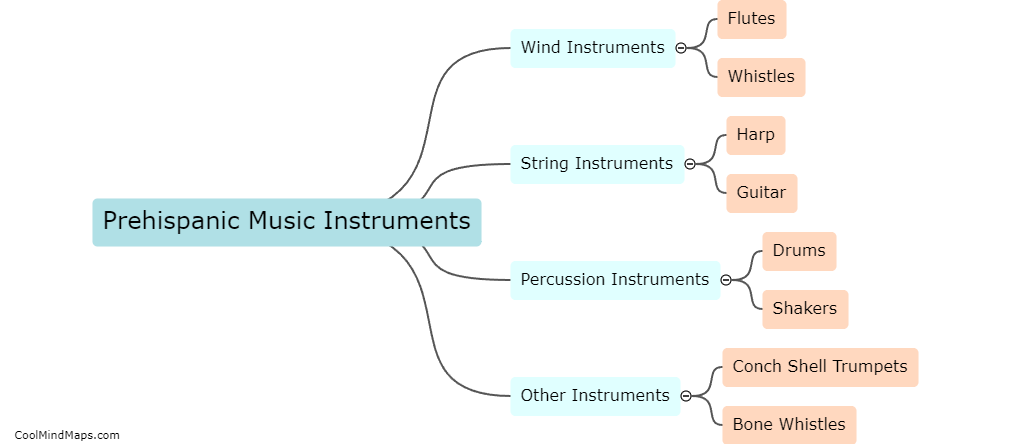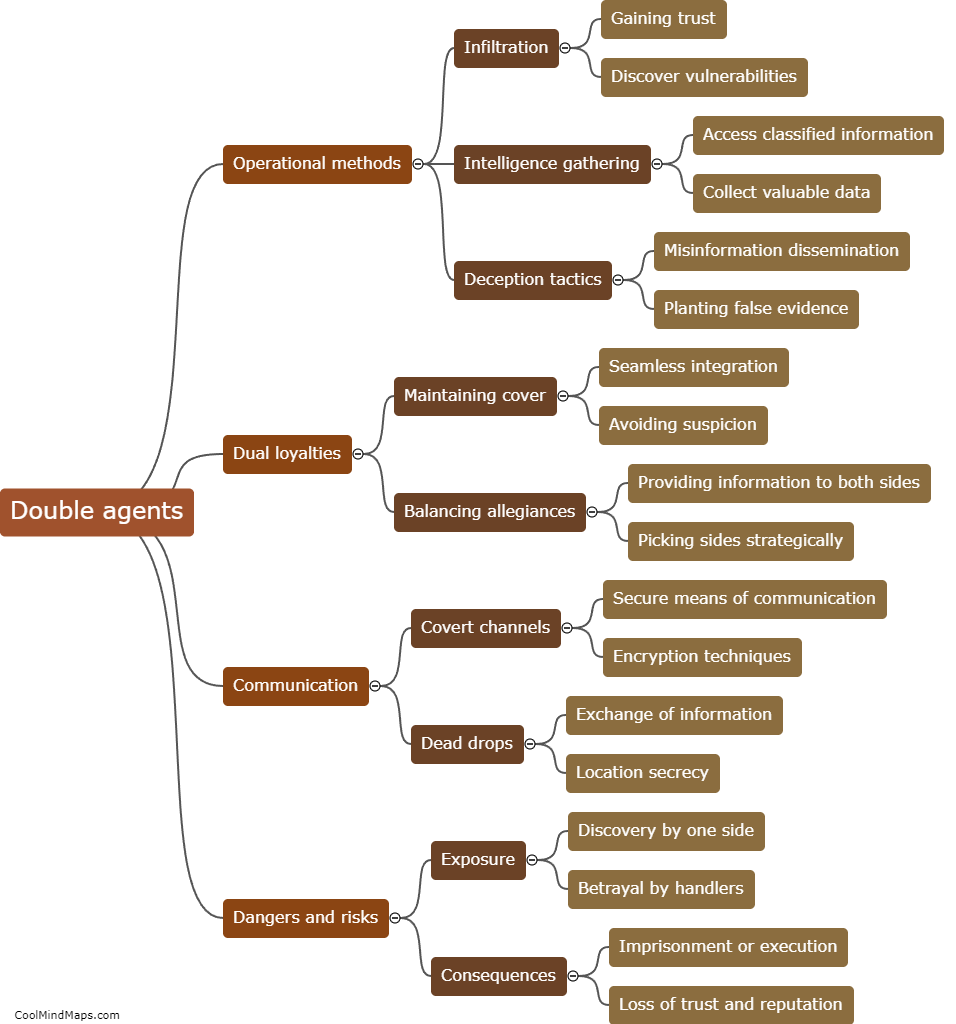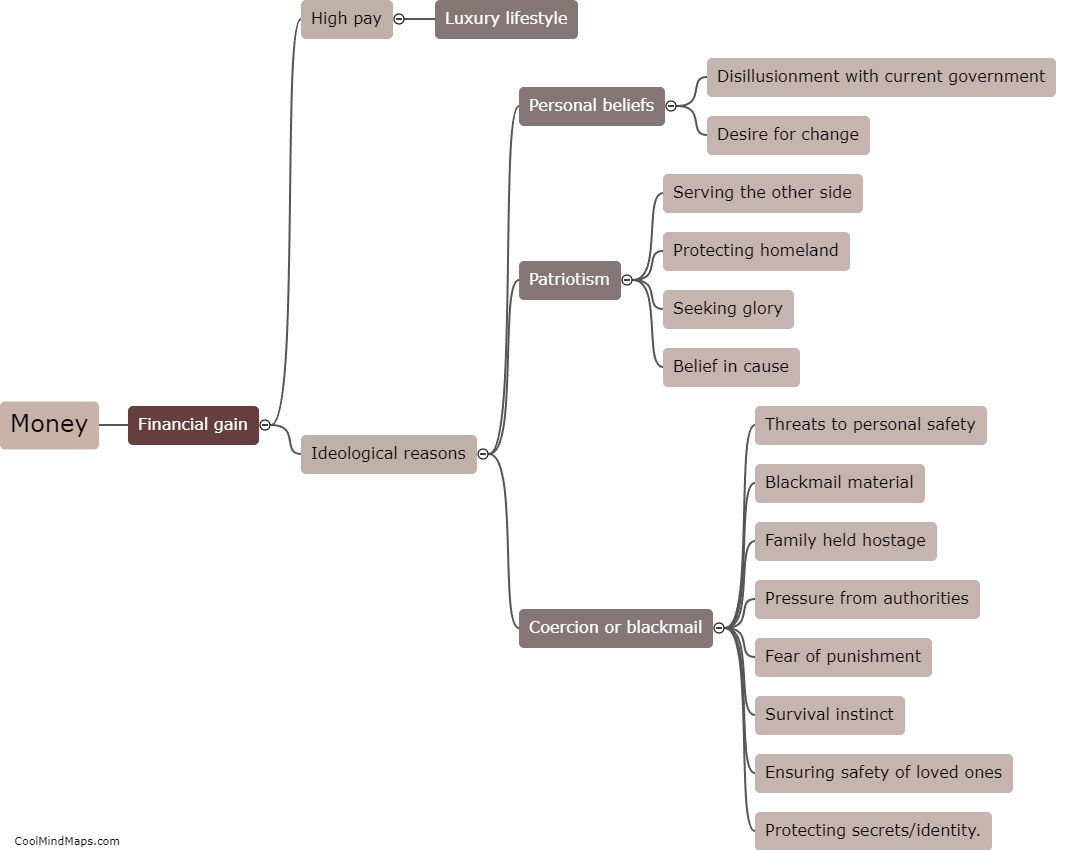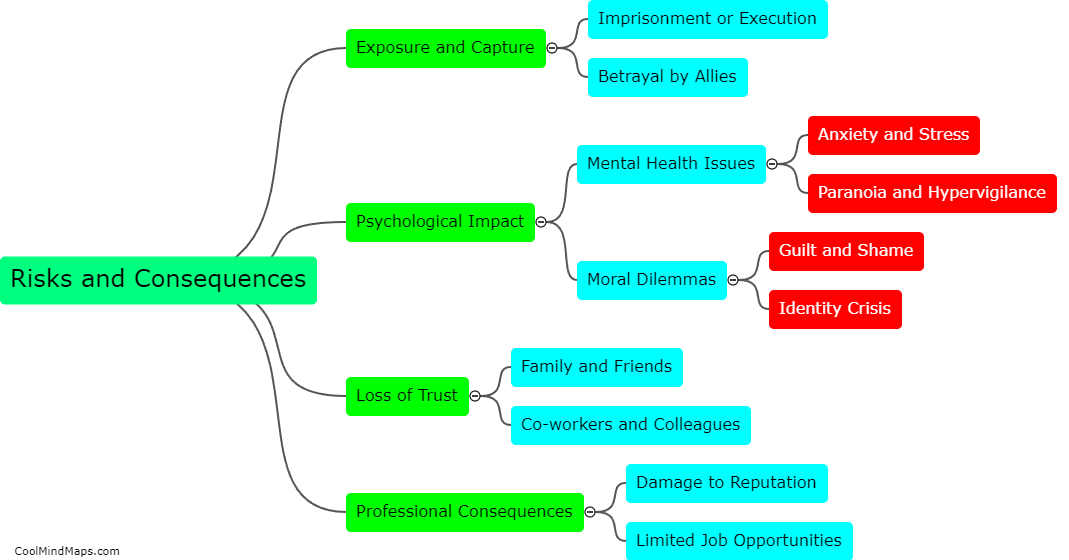How can abnormalities in an ECG be identified?
Abnormalities in an electrocardiogram (ECG) can be identified through careful examination of the various components of the waveform. ECG abnormalities can manifest as changes in the shape, duration, or amplitude of the electrical signals produced by the heart. Common abnormalities include arrhythmias, which are irregular heart rhythms, and conduction defects, which affect the normal movement of electrical impulses through the heart. By comparing the ECG to established norms, healthcare professionals can identify deviations and interpret their clinical significance. Additionally, specialized algorithms and computer software can assist in automating the detection of abnormalities, helping to improve accuracy and efficiency in diagnosis. Overall, careful analysis and expert interpretation allow for the identification and further investigation of abnormalities detected on an ECG.

This mind map was published on 3 December 2023 and has been viewed 112 times.











